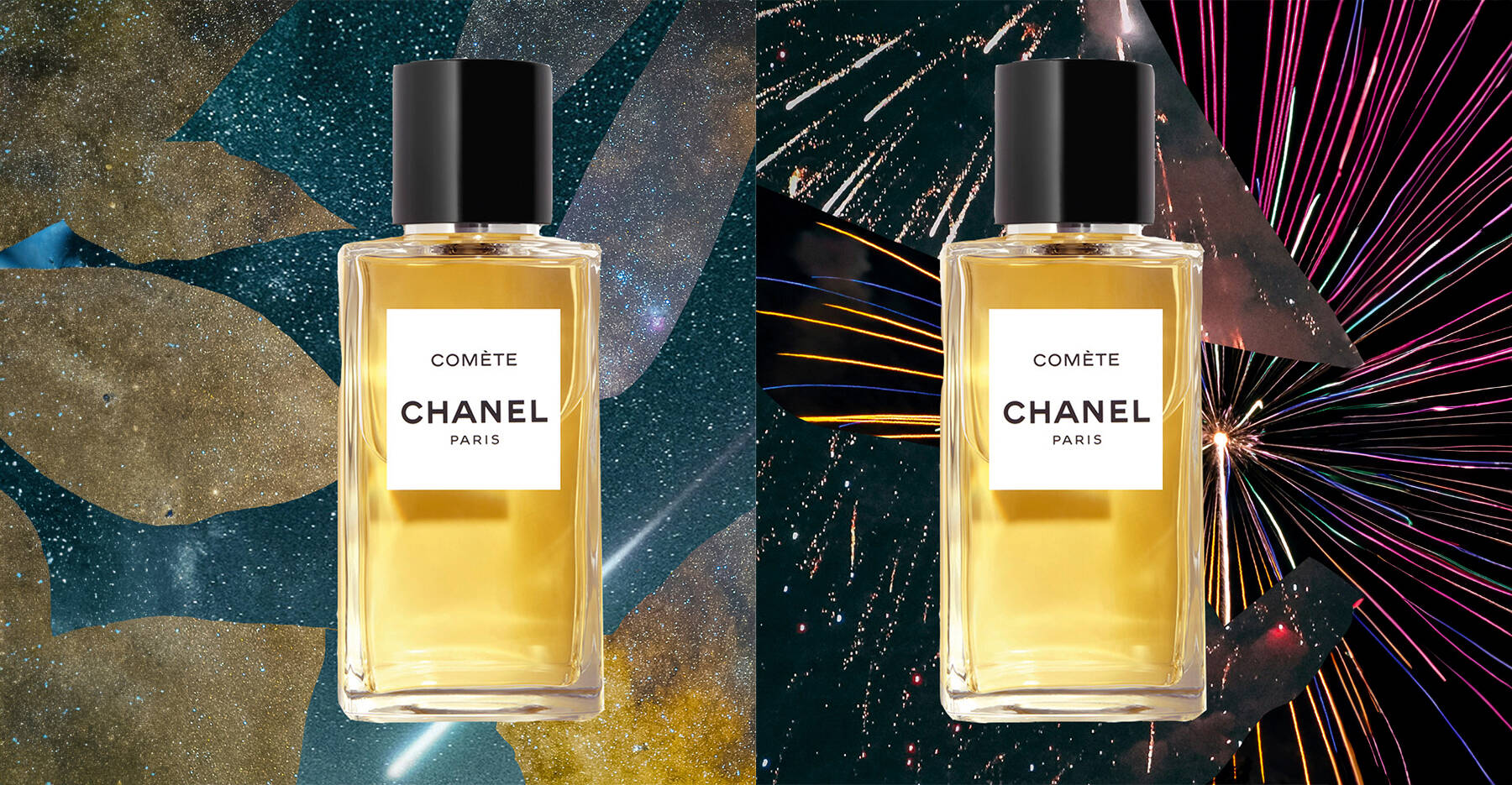
Rewrite
There are plum perfumes. A discontinued Tom Ford Plum Japonais obviously has a following as it sells for high prices on second-hand sites. And the top note of Quentin Bisch’s Nomade for Chloé is plum. But I am more interested in gentle petals at the moment. And I still think it’s interesting that I only noticed the uguisu in real life because I’d been looking at the paintings. I had to see the art first. But when I did see the little bird that afternoon I did feel or sense the beauty of the world. And I don’t know if I’m ‘on trend’ or just following a personal like, but I have been looking for perfumes that have been looking at nature. Chloé’s Atelier des Fleurs makes a big statement about being close to nature and close to flowers. I looked at Chloé Iris by Steve Guo from the collection. This is what Chloé has to say about the perfume.
“Whilst exploring the Atlas Mountains in Morocco, Steve Guo discovered Iris x germanica and its beautiful, complex scent. Its memorable scent made such an impression on the perfumer that he wished to interpret it as the incomparable Iris Perfume.”
I have never been to Morocco so I don’t know iris x germanica. I have to take Guo’s word for it that this perfume pays a debt of love. It’s certainly iris in texture. Iris creates the powdery feeling. Both Chloé Iris and Chanel’s Comète offer a soft cloud and light it up with glints and accents. Although the Chloé is darker than the Chanel, it doesn’t have bright or morning notes and its colours are silver and grey. There are no golden floral glints (actually there are, but they are hard to see) and it is a gothic fragrance, a cool mist. The iris flower takes its name from the ancient Greek or possibly an older word for rainbow, because some iris petals have the colours of the rainbow. Iris was also a goddess, the messenger of the gods. She moves between worlds. Oscar Wilde used Iris as an image to pre-figure death in Dorian Gray1 when Sibyl Vane (who will die shortly) becomes aware of a great cloud of iris. I found something similar in a 1920s gardening journal.
“Iris, it will be remembered,” wrote Elma Loines2, “was the daughter of Thaumas and the ocean nymph Electra, the messenger of the gods and personification of the rainbow. And in our springtime garden we find her again our link between earth and heaven.”
I have been thinking about Chanel’s L’eau formulation. Chanel says it is “the freshest and most contemporary version of No.5”. One thing L’eau does have is a sensuality that is very No.5 and either floral or part-floral. It pays a debt to nature but it is not nature. It is perfume. I have a similar feeling about the opening of Gucci’s A Chant for the Nymph, which is a gilded or baroque flower; it really belongs in one of those Venetian palaces. When I was in Naples this summer, I saw the Roman statues they discovered in the earth beneath Italy. The same ones were marvelled over and studied by the artists of the Renaissance. I saw those pure marble figures (they are all in the Museo Archeologico Nazionale di Napoli). They are also close to nature, but they are not nature. I suppose thinking about art and nature is a very old way of looking at the world. But I’ve been doing it. The blossoms in Japanese art, the essences in certain perfumes, all seen through a mist, like Iris, the goddess who dissolves.
1. You will find the overwhelming cloud of iris in chapter five of Oscar Wilde’s The Picture of Dorian Gray (1890). Published in the July issue of American periodical Lippincott’s Monthly Magazine.
2. The Loines quote is from Landscape Architecture Magazine, April 1921, Vol. 11, No. 3. Published by the American Society of Landscape Architects.
Collages by David Lock. Taken from Issue 73 of 10 Magazine – RISING, RENEW, RENAISSANCE – out NOW. Order your copy here.
10magazine.com
in HTML format, including tags, to make it appealing and easy to read for Japanese-speaking readers aged 20 to 40 interested in fashion. Organize the content with appropriate headings and subheadings (h1, h2, h3, h4, h5, h6), translating all text, including headings, into Japanese. Retain any existing
tags from
There are plum perfumes. A discontinued Tom Ford Plum Japonais obviously has a following as it sells for high prices on second-hand sites. And the top note of Quentin Bisch’s Nomade for Chloé is plum. But I am more interested in gentle petals at the moment. And I still think it’s interesting that I only noticed the uguisu in real life because I’d been looking at the paintings. I had to see the art first. But when I did see the little bird that afternoon I did feel or sense the beauty of the world. And I don’t know if I’m ‘on trend’ or just following a personal like, but I have been looking for perfumes that have been looking at nature. Chloé’s Atelier des Fleurs makes a big statement about being close to nature and close to flowers. I looked at Chloé Iris by Steve Guo from the collection. This is what Chloé has to say about the perfume.
“Whilst exploring the Atlas Mountains in Morocco, Steve Guo discovered Iris x germanica and its beautiful, complex scent. Its memorable scent made such an impression on the perfumer that he wished to interpret it as the incomparable Iris Perfume.”
I have never been to Morocco so I don’t know iris x germanica. I have to take Guo’s word for it that this perfume pays a debt of love. It’s certainly iris in texture. Iris creates the powdery feeling. Both Chloé Iris and Chanel’s Comète offer a soft cloud and light it up with glints and accents. Although the Chloé is darker than the Chanel, it doesn’t have bright or morning notes and its colours are silver and grey. There are no golden floral glints (actually there are, but they are hard to see) and it is a gothic fragrance, a cool mist. The iris flower takes its name from the ancient Greek or possibly an older word for rainbow, because some iris petals have the colours of the rainbow. Iris was also a goddess, the messenger of the gods. She moves between worlds. Oscar Wilde used Iris as an image to pre-figure death in Dorian Gray1 when Sibyl Vane (who will die shortly) becomes aware of a great cloud of iris. I found something similar in a 1920s gardening journal.
“Iris, it will be remembered,” wrote Elma Loines2, “was the daughter of Thaumas and the ocean nymph Electra, the messenger of the gods and personification of the rainbow. And in our springtime garden we find her again our link between earth and heaven.”
I have been thinking about Chanel’s L’eau formulation. Chanel says it is “the freshest and most contemporary version of No.5”. One thing L’eau does have is a sensuality that is very No.5 and either floral or part-floral. It pays a debt to nature but it is not nature. It is perfume. I have a similar feeling about the opening of Gucci’s A Chant for the Nymph, which is a gilded or baroque flower; it really belongs in one of those Venetian palaces. When I was in Naples this summer, I saw the Roman statues they discovered in the earth beneath Italy. The same ones were marvelled over and studied by the artists of the Renaissance. I saw those pure marble figures (they are all in the Museo Archeologico Nazionale di Napoli). They are also close to nature, but they are not nature. I suppose thinking about art and nature is a very old way of looking at the world. But I’ve been doing it. The blossoms in Japanese art, the essences in certain perfumes, all seen through a mist, like Iris, the goddess who dissolves.
1. You will find the overwhelming cloud of iris in chapter five of Oscar Wilde’s The Picture of Dorian Gray (1890). Published in the July issue of American periodical Lippincott’s Monthly Magazine.
2. The Loines quote is from Landscape Architecture Magazine, April 1921, Vol. 11, No. 3. Published by the American Society of Landscape Architects.
Collages by David Lock. Taken from Issue 73 of 10 Magazine – RISING, RENEW, RENAISSANCE – out NOW. Order your copy here.
10magazine.com
and integrate them seamlessly into the new content without adding new tags. Ensure the new content is fashion-related, written entirely in Japanese, and approximately 1500 words. Conclude with a “結論” section and a well-formatted “よくある質問” section. Avoid including an introduction or a note explaining the process.


